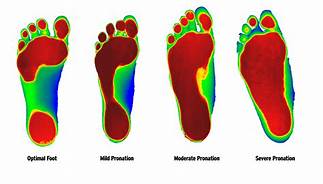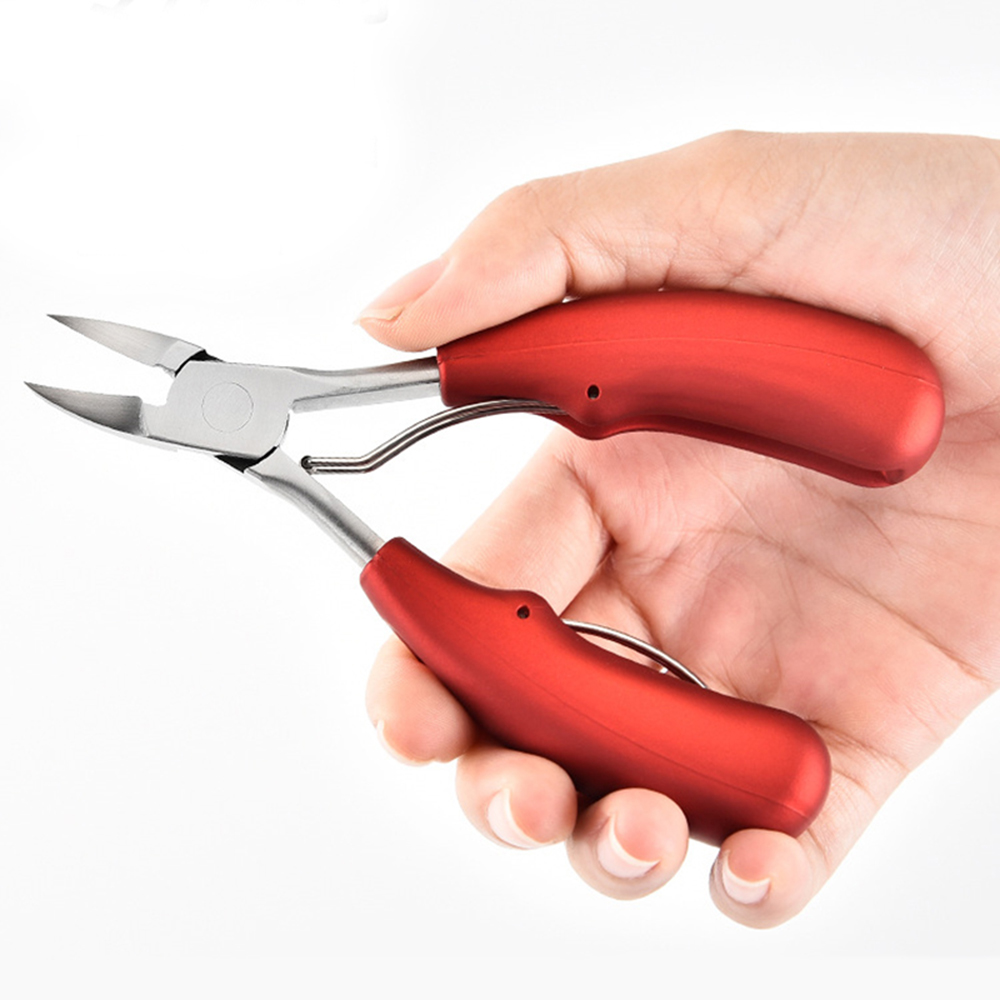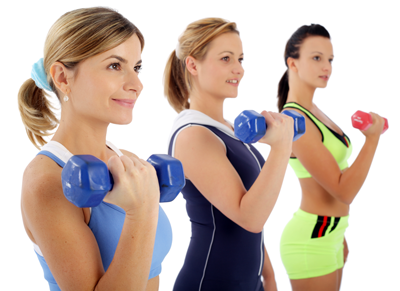Somatic exercise has gone viral promising to lower cortisol levels, ease stress, and boost health - so, does it actually work?





Somatic exercise has gone viral promising to lower cortisol levels, ease stress, and boost health - so, does it actually work?
- If you've scrolled TikTok recently, you'll likely have stumbled across videos about somatic exercise. A mind, body and spirit trend that promises to boost both your mental and physical wellbeing, Google searches for the term are up by 70%, too.
Wondering, what is somatic movement? Let us explain. "Somatic" is defined as "relating to the body, especially as distinct from the mind" in the Oxford English Dictionary. In that sense, the workout is all about how you move.
- That said, because we tend to talk about somatic exercise in the arena of mind-body work, it's really about connecting the two via physical movements.
- "Somatic exercise isn't really "exercise" at all," says Nahid de Belgeonne, somatic movement practitioner and founder of The Human Method. "It's more of an internal enquiry, moving according to how it feels rather than how it looks," she says.
-
Sounds intriguing, right? Below, we've asked de Belgeonne to share her tips on how and why to do somatic movement (and all the things not to do, too). And if you're looking for other ways of connecting to your body, read our guides to mindful movement, dance for happiness, and nervous system regulation.
-
-
Somatic exercise is trending - your guide
-
What is somatic exercise?
-
"When you exercise, you traditionally repeat the same movement again and again to build muscle and fitness," says de Belgeonne. Somatic movement involves more than muscles, she goes on, involving your thoughts, feelings, emotions, and senses.
-
Rather than lifting a weight for ten reps and repeating without giving it much thought, somatic movement promises to be much more fluid and connected to your thoughts, feelings, and breath and is thought to be something of a game-changer for women with PCOS who have high cortisol levels or those dealing with past trauma, PTSD, or pain.
-
You might think of it as a closer practice to yoga, though even yoga can be more prescriptive and patterned than somatic movement. Somatic movement is largely about exploring what feels good for you and your body plus what helps you to release both physical and emotional tension and then going with it.
-
"Fundamentally, somatic exercise explores the quality of movement and requires slow, small and primal movements," shares the expert. If you're not sure where to start, try rolling or rocking, as well as moving in different planes of movement and directions, she advises.
-
What are the benefits of somatic exercise?
Online, many rave about the mental health benefits somatic exercise can bring, including boosted mood and nervous system regulation. The idea is that this dropping into our bodies and out of our minds can restore calm and equilibrium. "It's a way to rewire your brain through movement for better emotional health," says de Belgeonne.
"Without meaning to, we reinforce our moods from our bodily responses," she goes on. For example, physical manifestations of an anxious mood include:
- High shoulders
- Holding your breath
- Struggling with short breaths.
If you struggle with these physical manifestations, there's a strong chance that, whether you're anxious or not, your brain will conclude you are, sending a signal back to your body to keep you in the locked pattern. This is where somatic movement comes in, with the aim of introducing new experiences to your nervous system, the expert goes on.
Ask yourself the following:
- What does it feel like to have your shoulder blades released down onto your back?
- What does it feel like to breathe into your lower ribs?
- What does it feel like to inhale for four, exhale for four, in and out of your nose?
- What does it feel like to breathe freely, rather than holding your breath?
- In short, somatic exercise is a kind of bodily check-in on both your body and brain, allowing you to take stock of how you're feeling both physically and mentally. And it's effective at boosting wellbeing, too, with research showing that body-orientated practices, like somatic exercise, can improve mental health. This 2021 review, for example, found that somatic movement can reduce traumatic stress, affective disorders and somatic symptoms.
- As with all movement, there are physical benefits, too. "It improves your mobility by working with your brain," explains de Belgeonne. "Plus, by guiding you through small and new movements, you learn to let go of old habits.
For instance, if you have tight hip flexors, you will learn new ways to move through your hip joint that introduce new directions of movement not just the tight pattern."
-
Bottom line: somatic movement teaches you that, by paying more attention to your entire body, rather than solely limited parts that you use every day, you start to regulate your nervous system.
"It learns by the experiences that you feed it," the expert details.
How to try somatic exercise:
What? According to Lauren Ikeda, a yoga teacher with over a decade of experience, this is a fifteen-minute class designed to outline the basics of somatic exercise and tension release in the body.
Why? The expert encourages you to tune in, explore, and inquire about your own body. "By starting the morning with this gentle yet effective practice, you will set the tone for a day filled with presence and vitality," she shares.
How long? 15 minutes.
Can somatic exercise really help you lose weight?
With so many pros to giving somatic movement a go, it's likely no surprise that it's trending. That said, sadly the online version of the movement is focused on one small part of the bigger picture: fat loss.
On TikTok, many creators seem to be pushing the idea that by doing somatic exercises and looking after our nervous system, we'll lower levels of the stress hormone cortisol and, in turn, lose weight. While high cortisol levels are associated with weight gain (and so, in theory, reducing your cortisol levels should aid in weight loss), more research needs to be done to conclusively to prove that theory.
My main issue? Various research papers and studies have concluded that lowering your stress levels does way more than simply make you lose weight, boosting your mental health, mood, immunity and all-round quality of life (all of which are more important than your weight, IMO). The creators raving about somatic movement for fat loss are taking a practice designed to connect you with your brain and body and making it about looking a certain way - the opposite of what is intended.
We all have a right to do whatever we want to our body - whether it's lose weight, try somatic movement, neither, or both. But focusing on how we feel, especially when thinking about mental health practices, is a much more beneficial way to move and promises to benefit both body and brain.
"I tried Somatic Exercise - my honest thoughts."
Senior Health Editor Ally Head has been on a journey to make her diet and lifestyle more PCOS-friendly over the last year. As part of this journey, she often opts for somatic movement before bed. Here's how she's got on trying it.
"I've been trying somatic exercise for the past twelve months. While I haven't been consistent in doing it every day, I do normally aim to do it at least once a week (normally when I don't feel tired before bed and need some help releasing tension and winding down)."
"I was slightly sceptical about how much what's essentially a more fluid yoga could benefit me to begin with, but I cannot stress how great somatic movement is for totally letting go, rooting yourself in your body, and stretching out muscles and joints you usually wouldn't think to stretch.
You know those really deep, delicious poses you do in yoga that leave you feeling like a floaty cloud? Somatic movement is essentially all those, as you're encouraged to find and then repeat whatever feels good for you and your body."
"While I can't comment on it helping to heal past trauma, I have lost weight in the last year (totally intentionally) and do believe it's down, partly, to getting my permanently high cortisol levels in check. This was a full 360 approach to my wellbeing, though, and the somatic exercises were just a small part of that. Making all of those changes, though, is the best decision I've ever made - it's easily the best I've ever felt in my own body.
- Story by Chloe Gray: Marie Claire
Articles - Latest
- A yoga teacher says this five-minute stretch is all you need to maintain flexibility in your spine
- Can't do a deep squat? Use this coach's four-step plan
- 6 Reasons Your Feet Are So Itchy
- Surprising Benefits of Using Bay Leaves on Your Feet
- I run 50 miles a week and this is my go-to 20-minute yoga-for-runners workout to boost my flexibility
- How to do hanging leg raises with perfect form, according to trainers
- The two exercises everyone should add to their strength workouts to see results, according to an expert trainer
- 1 year of heavy strength training could offer 4 years of benefits, study suggests
- Research Has Unveiled How Many Sets You Need to Do to Build Muscle
- I did 50 frog crunches every day for a week — here's what happened to my abs
- 10 physio-approved exercises for runners that will help you build strength and mobility
- Forget sit-ups — this 3-move standing ab workout chisels your abs and obliques
- What to do when plantar fasciitis is so bad you can't walk
- Five exercises better than side bends to sculpt strong obliques
- Forget Russian Twists — this 10-minute stability ball workout targets your abs and glutes
- Professor explains how we are all doing one exercise wrong and it is causing us pain
- Supplies, Description, and Usage - Tech Nails-2
- Supplies, Description, and Usage - Tech Nails
- Exercises for Plantar Fasciitis
- Shoes, insoles and splints: Cushioning and support - Plantar fasciitis
- 10 best bum workouts and 25 bum exercises for a 🍑'ier butt
- The dos and don’ts of running when you’re over 40
- This 30-minute workout can be done from just about anywhere
- I teach stretching routines for a living — 3 exercises that strengthen your hips and open your hamstrings
- Somatic exercise has gone viral promising to lower cortisol levels, ease stress, and boost health - so, does it actually work?
Articles-Popular
- Home
- Calluses and Corns-4-Padding and Insoles To relieve Pressure
- Add Muscle, Build Stamina and Fire up Your Metabolism with Our Three-Move Strongman Circuit
- The two exercises everyone should add to their strength workouts to see results, according to an expert trainer
- Appreciate Your Feet
- Contacts
- Therapy Price List- Aromatherapy - Counselling
- WEB - LINKS
- The Awareness of Foot Care
- Nail Technician Resume
- Join us as a Therapist
- Blisters on the Feet
- Skin Care-Feet
- Galleries
- TCM - Therapy Prices
- Podiatry/Chiropody Price List
- Bacterial Infections
- Nail Technician Job Description
- Itching Skin on the Feet
- Athlete's Foot
- Sweaty or Smelly Feet
- Gallery - Pedicured Feet
- Appointments
- Skin Changes Associated with Blood Flow
- Calluses and Corns - 2





